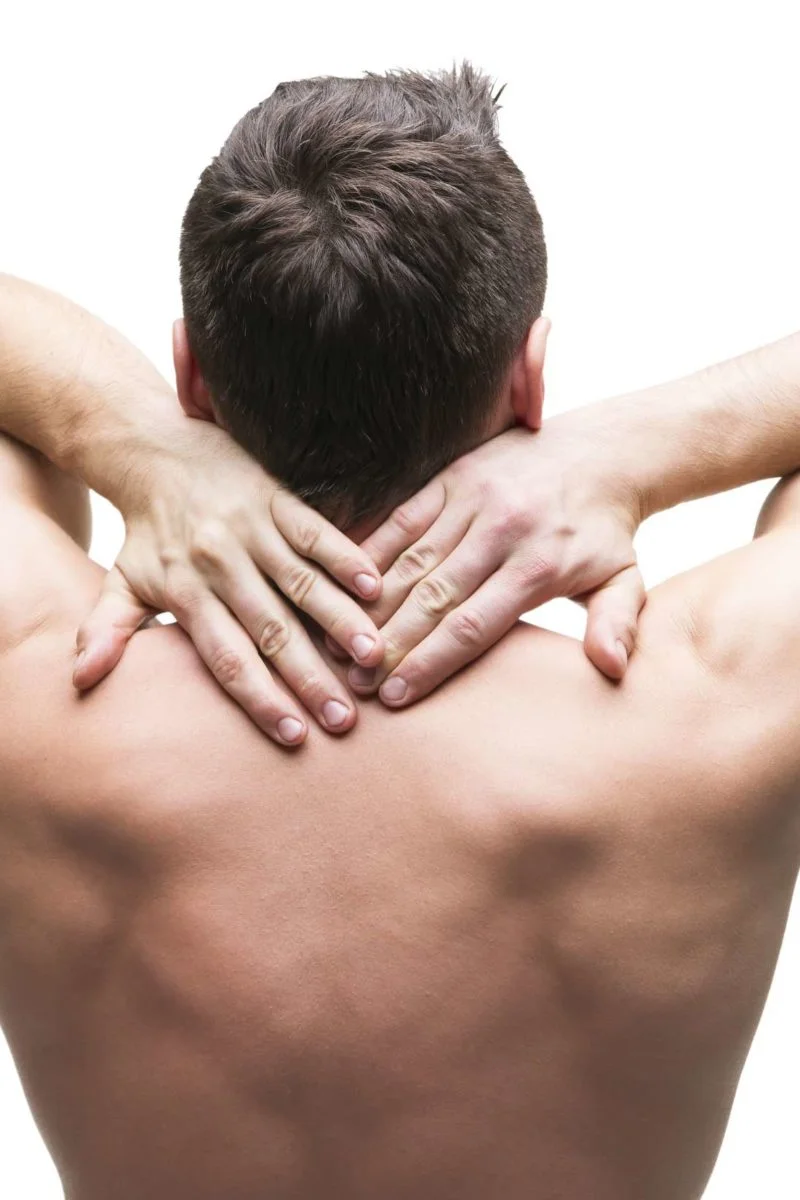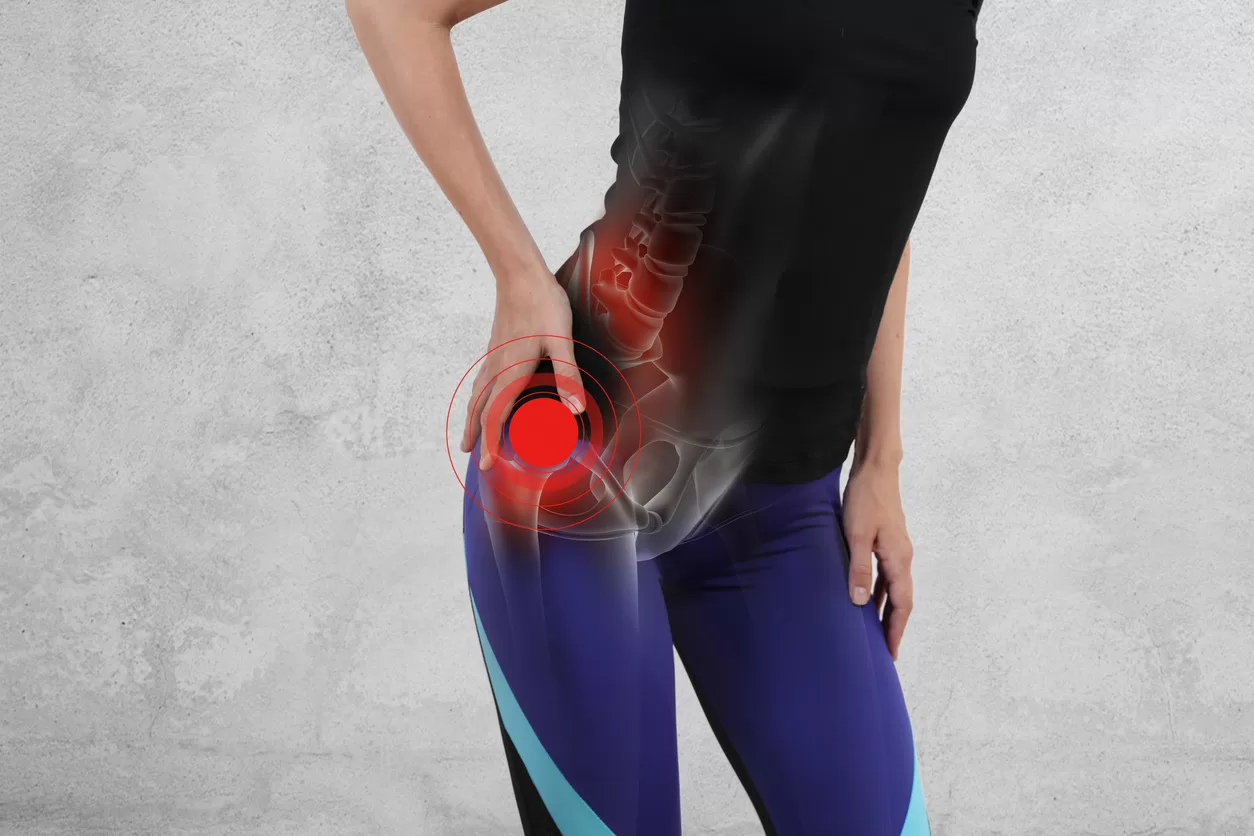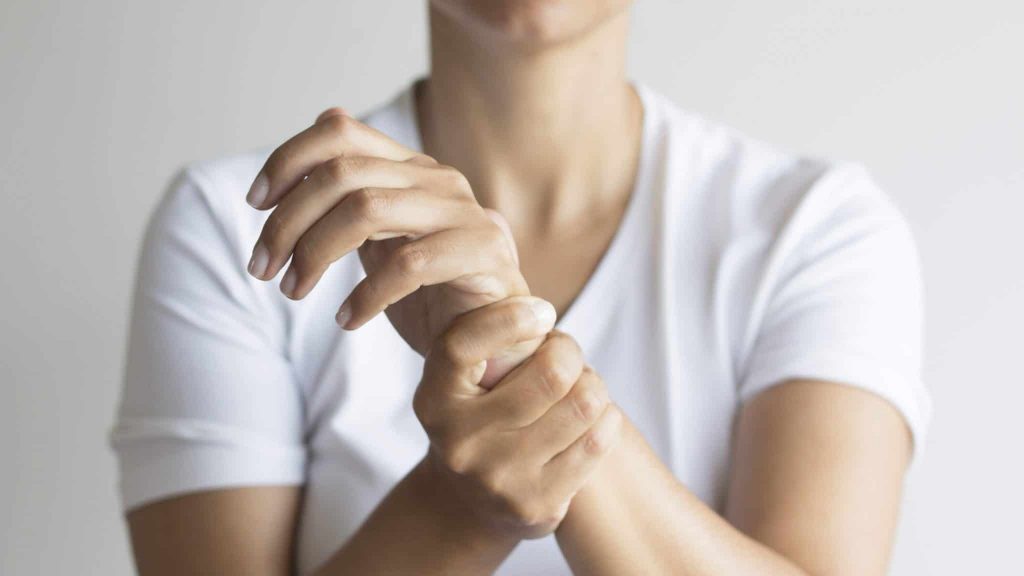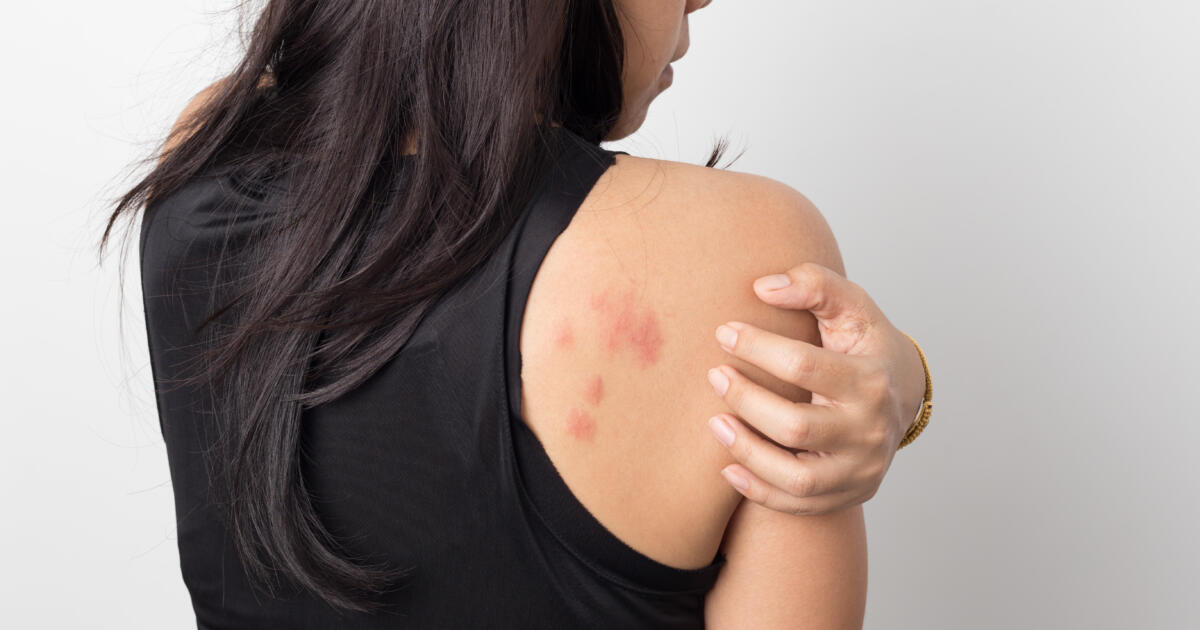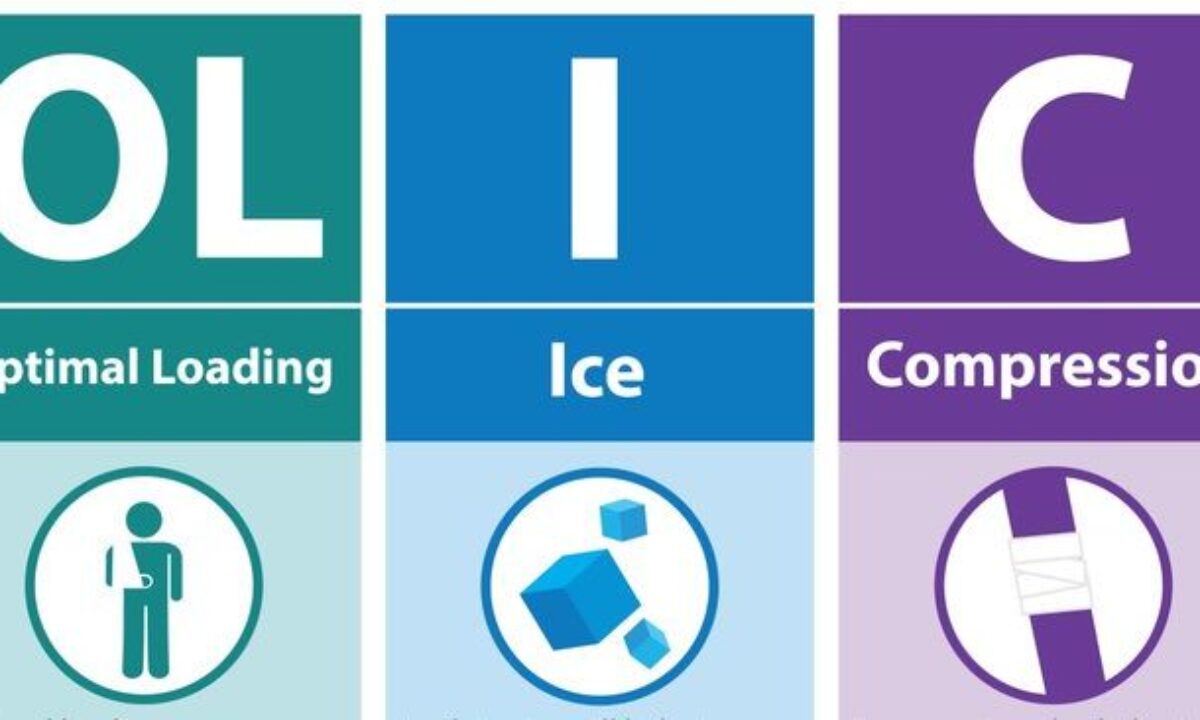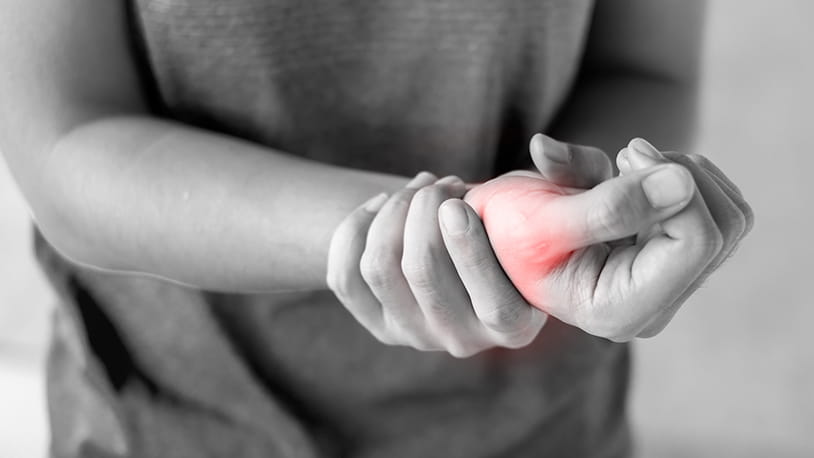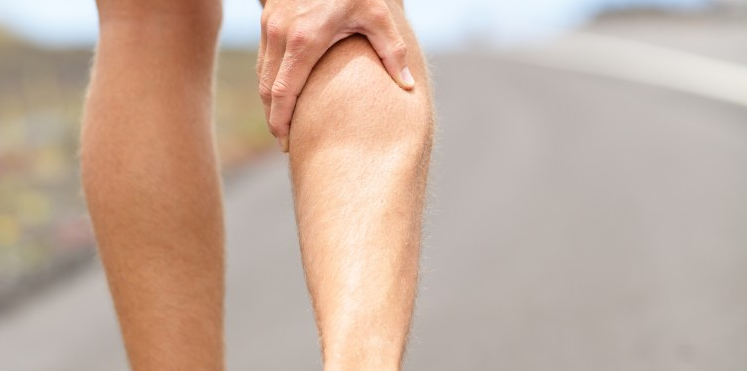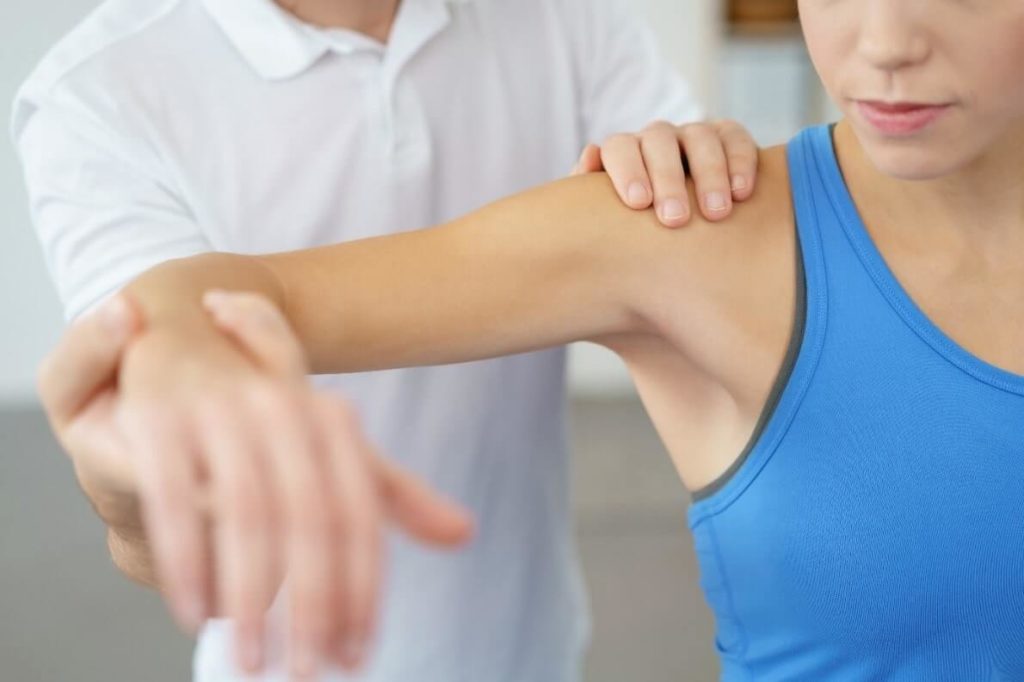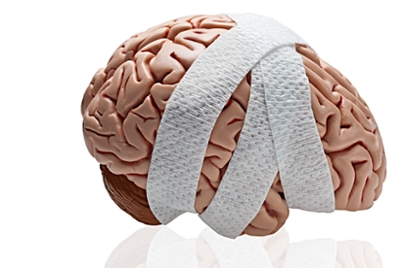Rib Sprains
Rib sprains, as mild as they may sound, can actually be quite painful and disconcerting, and usually present as a sharp, localised pain on one side of the spine that is worse with movement and can also sometimes aggravated by deep breathing, coughing or sneezing.
